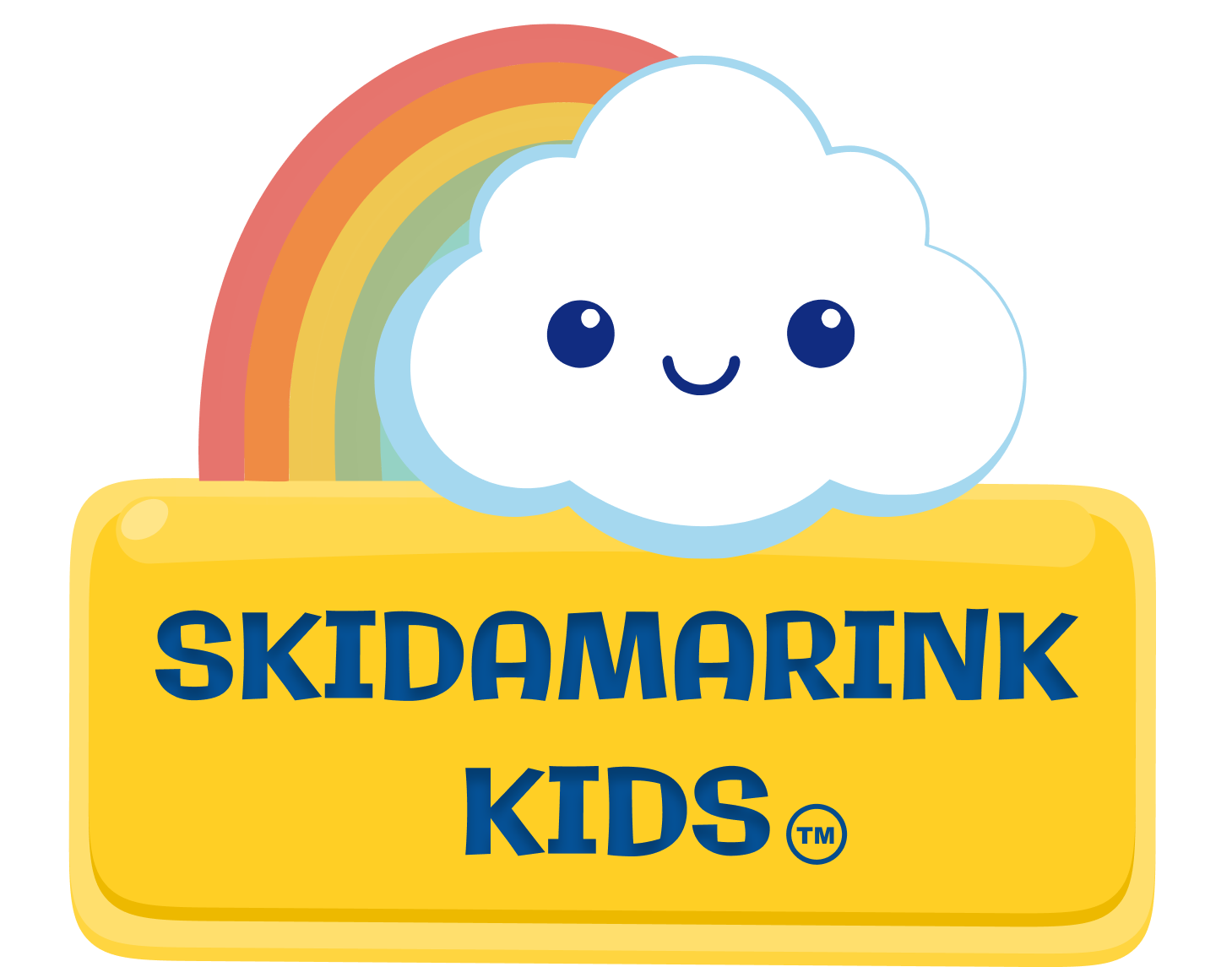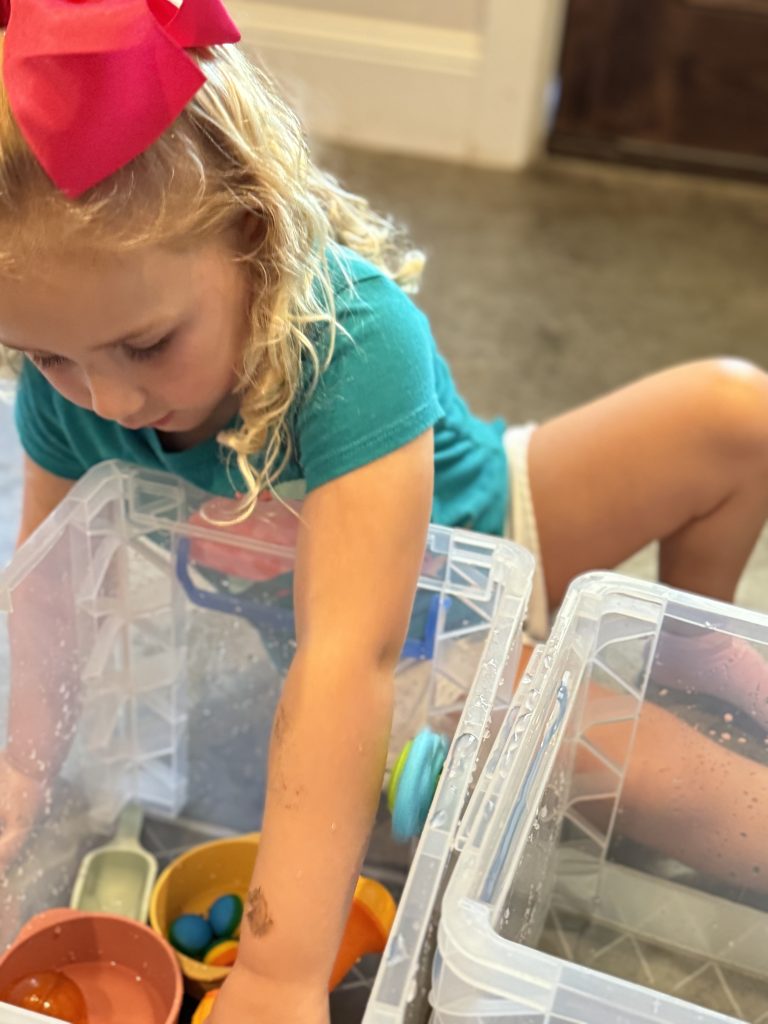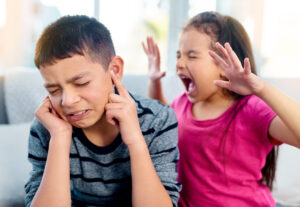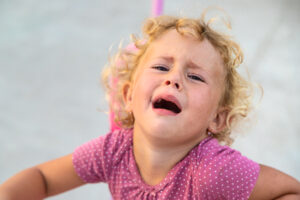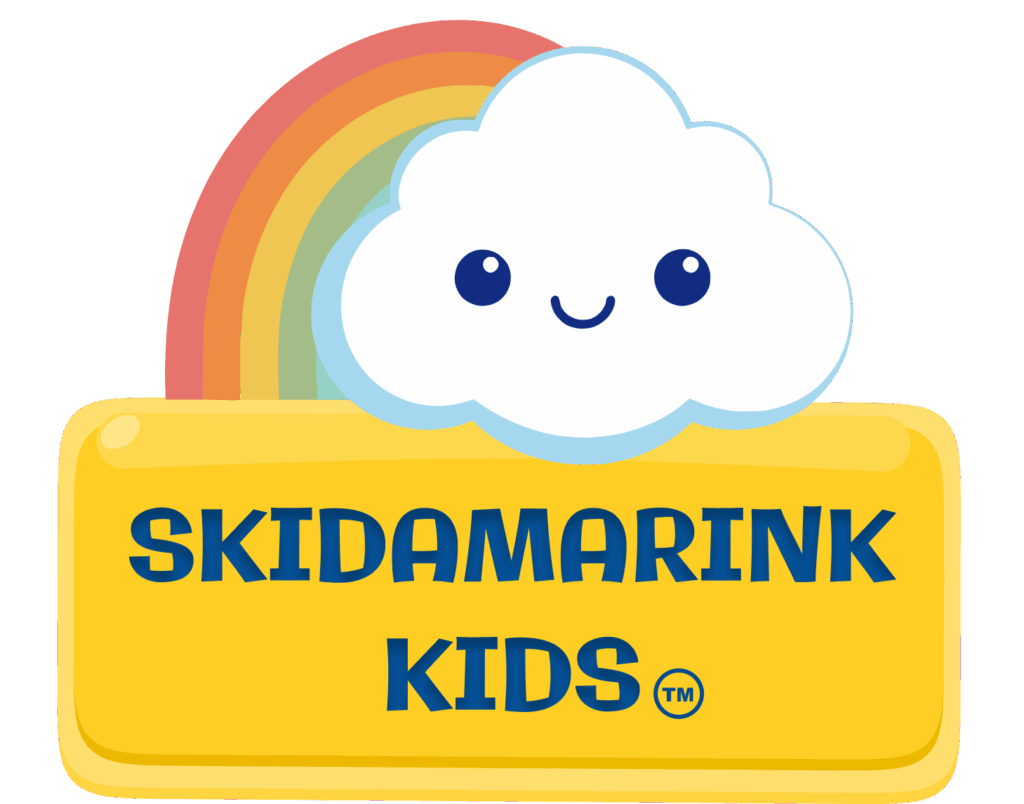It’s hard to walk into a store these days without spotting fidgets, sensory toys, or sensory bins on display. While these tools can be helpful, understanding how sensory processing and behavior are interconnected is key to supporting your child’s unique needs. These foundational sensory systems influence everything from focus and coordination to emotional regulation and learning readiness.
The Eight Sensory Systems: More Than Meets the Eye
Five External Senses
Most of us are familiar with these classic sensory channels:
- Sight (visual)
- Sound (auditory)
- Touch (tactile)
- Taste (gustatory)
- Smell (olfactory)
Three Internal Senses
Less known but equally critical are the internal sensory systems:
- Proprioception (body position awareness)
- Vestibular (movement and balance)
- Interoception (internal body awareness)
Sensory processing is how our brains make sense of the world. Beyond just our five main senses, we have internal systems that help us:
- Understand our body’s position
- Process movement and help with our balance
- Recognize internal needs
- Interact with our environment
- Regulate our emotions
Critical Internal Sensory Systems Explained
Body Awareness System (Proprioception)
The proprioceptive system:
- Provides feedback from muscles and joints
- Helps understand body position in space
- Forms the foundation for body awareness
- Supports coordination and balance
- Enables efficient movement
- Guides physical interactions
How it affects behavior: When your child jumps, climbs, or pushes against resistance, their proprioceptive system activates, often creating a calming, organizing effect. Children seeking proprioceptive input may crash into furniture, push against others, or chew on objects—behaviors that signal sensory needs rather than misbehavior.
Movement Sense (Vestibular System)
Located in the inner ear, the vestibular system:
- Detects head movement
- Controls balance and postural control
- Affects coordination
- Influences emotional regulation
- Supports focus and attention
- Regulates alertness level
- Impacts speech and language development – children are often more talkative during and after movement
- Helps maintain eye contact
Behavioral impact: Children with vestibular processing challenges may constantly seek movement (spinning, rocking, jumping) or conversely, avoid movement experiences. These behaviors directly reflect their nervous system’s needs rather than attention-seeking.
Internal Awareness (Interoception)
This often-overlooked sensory system helps:
- Monitor body functions such as heartbeat, breathing and digestion
- Recognize hunger/thirst
- Signal bathroom needs
- Identify and regulate emotions
Connection to behavior: Children with poor interoceptive awareness may have sudden emotional outbursts because they don’t recognize the gradual build-up of frustration, hunger, or physical discomfort until it becomes overwhelming. What looks like a tantrum may actually be a response to unrecognized internal signals.
The Tactile System: Our Body’s Protective Wrapper
What is the Tactile System?
The touch sense:
- Helps explore our world
- Protects from danger
- Responds to pain and extreme temperatures
- Supports emotional bonds
- Processes physical sensations
- Guides social connections
- Influences comfort level
- Supports learning
Behavioral signs of tactile sensitivity: Children who are tactile defensive may pull away from hugs, become anxious during messy play, or have strong preferences about clothing textures. These responses aren’t willful disobedience but protective neurological reactions.
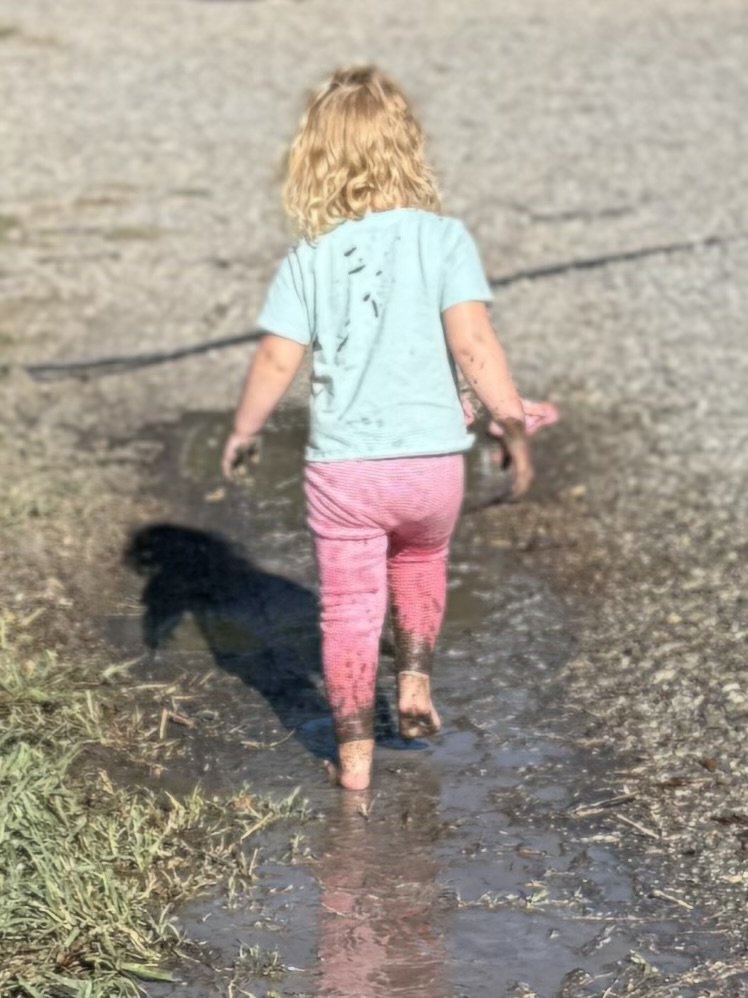
Movement and Exploration Are Key tp Sensory Processing
Why Natural Movement Matters for Behavior
Children need movement because:
- It’s crucial for brain development
- Helps integrate sensory systems
- Supports self-regulation
- Builds body awareness
- Enhances emotional resilience
- Improves focus
- Develops coordination
Behavioral transformation: Many children labeled as “hyperactive” or “inattentive” show remarkable improvements in focus and regulation after appropriate movement activities that satisfy their sensory needs.
Today’s Sensory and Behavioral Challenges
Modern lifestyles often limit:
- Unstructured movement opportunities
- Sensory-rich activities
- Active exploration
- Natural development of sensory systems
- Physical play
- Outdoor time
Supporting Healthy Sensory Processing for Better Behavior
Creating Sensory-Supporting Environments
Simple ways to support sensory processing and behavior:
- Provide daily opportunities for active play
- Include a variety of textures in play experiences
- Create safe spaces for spinning, jumping, and climbing
- Incorporate heavy work activities (pushing, pulling, carrying)
- Balance screen time with active, hands-on experiences
- Respect individual sensory preferences while gently expanding comfort zones
Recognizing When Behavior Is Communication
Common behaviors that may indicate sensory processing needs:
- Difficulty sitting still
- Extreme reactions to sounds or textures
- Frequent crashing, bumping, or rough play
- Avoidance of certain activities or environments
- Meltdowns during transitions or in overstimulating environments
- Difficulty with emotional regulation
- Unusual body positioning or movement patterns
Reframing Behavior Through a Sensory Lens
Understanding your child’s sensory processing and behavior connections provides valuable insight into their actions, preferences, and needs. By supporting healthy sensory development through appropriate activities and environments, you help build a strong foundation for positive behavior, emotional regulation, and social success.
When we recognize that challenging behavior is often communication about unmet sensory needs, we can respond with compassion and practical strategies rather than frustration. Instead of asking “why won’t my child behave,” we can ask “what sensory need is my child trying to meet?” This shift in perspective transforms our approach to supporting children through their sensory journey.Want to learn more about Sensory Processing, check out our blog:
Additional Resources for Parents
Want to learn more about Sensory Processing, check out our blog: “A Parent Guide to Sensory Activities for Child Development”, The Power of Outdoor Play: Nature Time Essential Activities and Moving to Grow: Movement and Play Activities for Development
